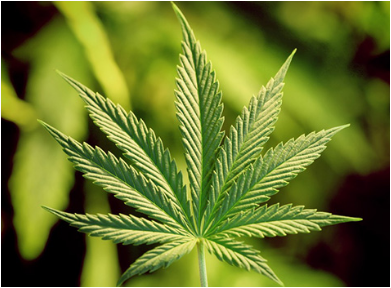MARIJUANA PREVENTION
Marijuana is the most commonly used illicit drug in the United States by teens as well as adults. Marijuana refers to the dried leaves, flowers, stems, and seeds from the hemp plant, Cannabis sativa. The plant contains the mind-altering chemical delta-9-tetrahydrocannabinol (THC) and 400 other negative chemicals. Currently, there is a growing belief by youth that marijuana is a safe drug. This misperception is more than likely the result of present public discussions about medical marijuana and the public debate over the drug’s legal status. The short-term effects of marijuana include problems with memory and learning, distorted perception, difficulty in thinking and problem-solving, and loss of coordination. Among youth, heavy cannabis use is associated with cognitive problems and increased risk of mental illness and reduced IQ.

